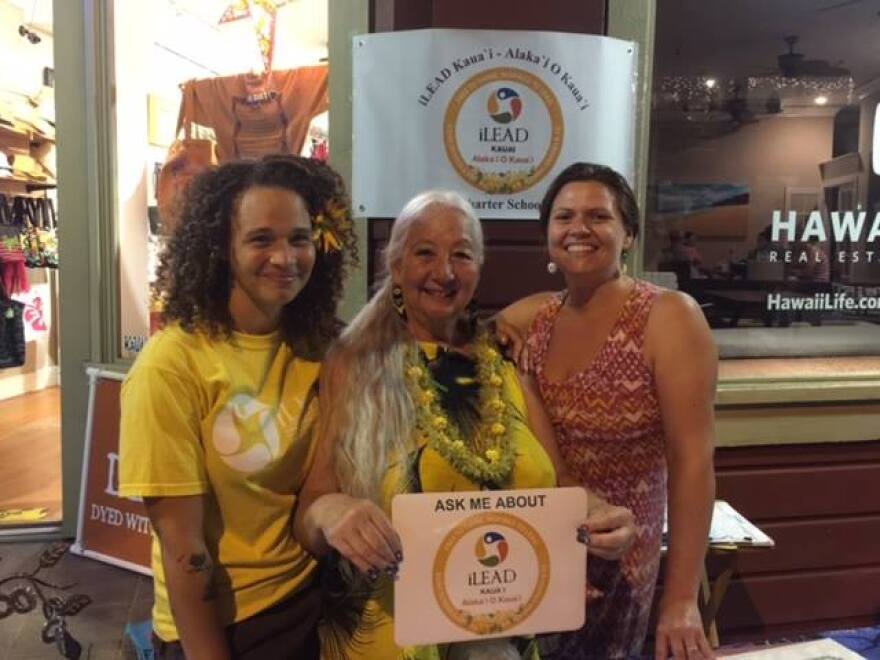More than 20 years have passed since the first charter school was authorized here in Hawai’i. Since then, public charter schools have fueled educational innovation to offer students and parents school choice. Next month, two more charter schools will open their doors.

“That’s what a lot of people don’t understand is that you are approved and you have a year to open, and then you don’t receive any funds for that,” says Jeff Vilardi, Director of Kamalani Academy, “And so many, many people are donating their time and volunteering to do work without being paid.
Jeff Vilardi is the director of Kamalani Academy an arts-integrated charter school located in Wahiawa, O’ahu. Kamalani is one of two new charter schools set to open next month with more than 300 students from preschool through eighth grade.
“Fortunate for us we have partnered with Academica who was able to provide us a lot of their knowledge and expertise having opened up close to 100 charter schools across the country,” says Vilardi.

Sione Thompson is Executive Director of the Hawai’i State Public Charter School Commission, the body tasked with authorizing and overseeing Hawai’i’s 34 public charter schools.
“This is a model that we’re really excited about that will really inform us to see how maybe an outside organization, a nationally known organization could assist in supporting with resources in a school setting,” says Thompson.
“It opens up myself to be actually be an instructional leader again, as opposed to being so concerned with the business side of running a charter school,” says Vilardi.

Organizational capacity is often a challenge for Hawai’i’s charter schools, and part of that is securing sufficient financing and facilities. The new Kapolei Charter School was fortunate to have help from its parent organization, the non-profit Goodwill Industries Hawai’i.
“I don’t know if I could ever do without the human resources, the finance department, the IT, the facility, our marketing team,” says Wanda Villareal, Kapolei Charter School Director.

Wanda Villareal is the director of the newly chartered high school, which will focus on helping at-risk students earn a high school diploma and provide wrap-around services such as life coaches. Kapolei Charter School will open with 48 students in its freshmen class.
“We had zero problems and I could not imagine the work that goes into like for a school like in Kaua’I,” says Villareal.

Alaka’i O Kaua’i was the third charter school authorized in 2016. The K-5 school serving students in East Kaua’i does not have the financial or organizational support of another entity, and it was not able to secure facilities in time for a 2017 opening. Kani Blackwell is president of the school’s governing board.
“We had our enrollment open for two months to see what it was going to be like. We had 111 in two months and they didn’t even know where we were going to be located,” says Blackwell, “That tells you the need.”
A need that could be more easily filled with financial and organizational help from the outside.




